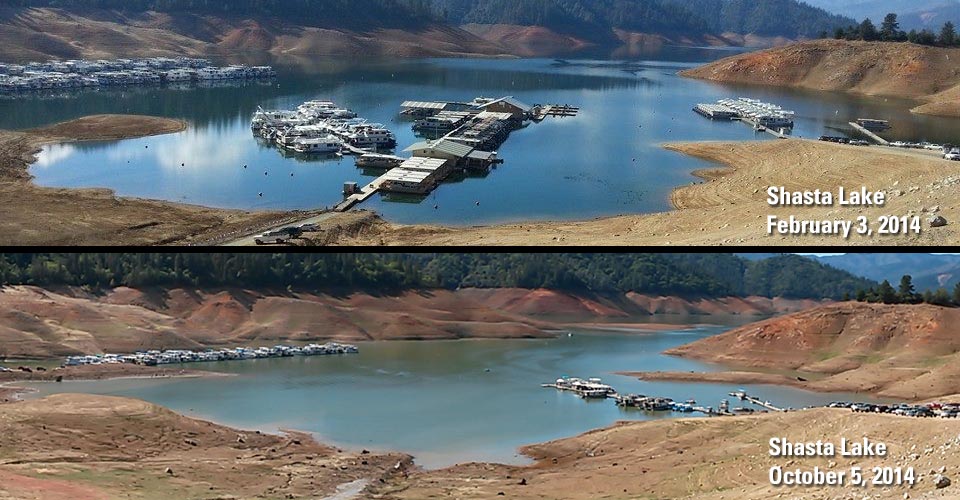Drought
Freshwater wetlands provide critical habitat for a diverse array of organisms including many amphibians. Yet, under the continued impacts of water diversions and drought, these habitats are among the most imperiled ecosystems on Earth. Drought has the potential to alter many sources of water critical to the habitats amphibians need, especially those associated with breeding and development. Potential changes include: timing and availability of water from glacier melt, snow and rain timing and amount; persistence of vernal pools and seasonal wetlands; altered evapotranspiration rates; reduced stream flows, and groundwater recharge rates.
Other ecosystem components likely to change in response to drought include the timing and frequency of fires, the spread of invasive plants and animals, and microclimates in which the animals live.
Resources
Drought - ARMI Papers & Reports
Papers & Reports Using life history traits to assess climate change vulnerability in understudied species
Papers & Reports Assessing amphibian richness, rarity, threats, and conservation prospects for U.S. national park network [UPDATE TITLE]
Papers & Reports Unburned habitat essential for amphibian breeding persistence following wildfire.
View All Data Releases on Drought
* PDF documents require Adobe Reader or Google Chrome Browser for viewing.


